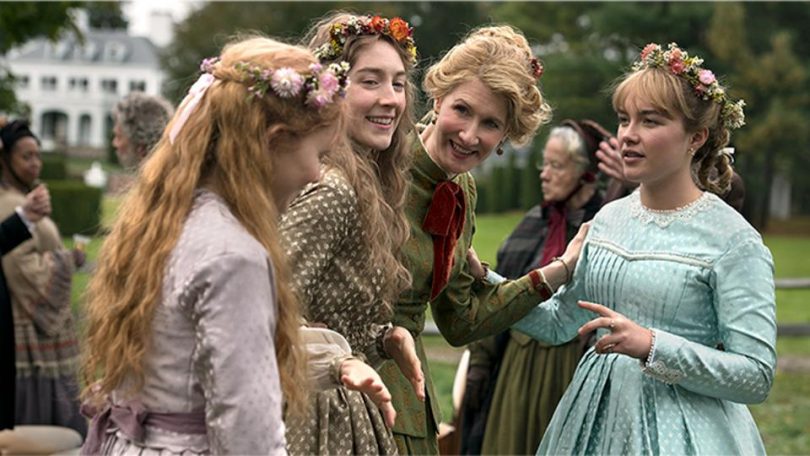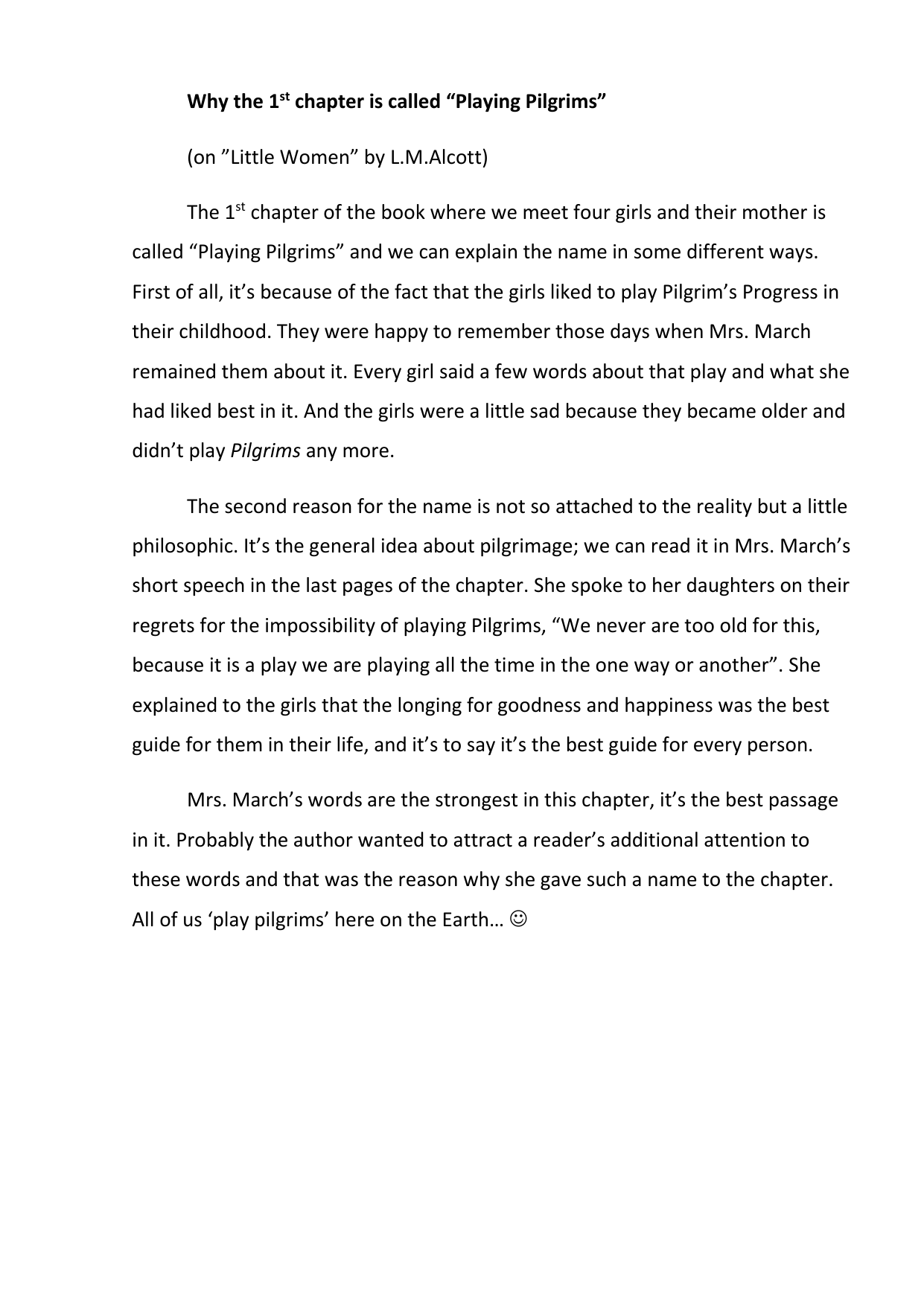



Yet, they confide in each other and bond hard through shared teenage experiences (like attending parties and the theater when the two youngest can’t). The two oldest March sisters have different personalities and goals in life - most siblings do, thanks to genetics. Plus, it takes a mature child with empathy, common sense and ease with providing “personal care” to a family member or sibling to fall into that role, according to a 2002 study, so when Beth’s life was at stake, Jo was ready, willing and able to step up. Theirs was an unconditional support system largely unmarred by conflict or competition, so they could lean on each other. The sweet, nurturing relationship between Jo and Beth is no exception. It’s not unusual for an older sibling to ‘adopt’ a younger sibling, by either taking them under their wing or, even further, assuming more of a parenting role by caregiving, especially if one sibling has chronic illness or disability, says Killoren. Reading list Obsessed with Emmy Award winning show 'Fleabag'? Binge on one of these books next Jo’s nurturing relationship with Beth Eventually, when Amy moves in on Jo’s soulmate Laurie (after Jo had rejected him), Jo owns her part in the situation and finds a way to forgive her once more, saying, “life’s too short to be angry,” ultimately driving home that the only antidote to sibling rivalry is forgiveness and unconditional love. Aunt March is no help, pitting them against each other as she dangles the possibility of a trip to Europe over their heads. Both of these apply when you are talking about Jo and Amy,” says Killoren. “Siblings typically fight about two things whether things are fair in terms of them having the same opportunities and when siblings try to take something that is theirs. Yet, when Amy nearly drowns in her attempt to make amends, Jo forgives this unforgivable act. Angry that her big sister Jo wouldn’t take her to the theater (and jealous over Jo’s relationship with her handsome best friend Laurie), Amy goes so far as to burn Jo’s long-belabored manuscript in retaliation. Jo and Amy develop a harsh rivalry that drives the plot of “Little Women.” They are alike in their passion but hold different values: Jo, the writer, would willingly cut off her long hair, her “only beauty,” to help provide for her family without much concern for vanity, while Amy, the artist, shamelessly celebrates and covets beauty, going so far as to cast the image of her own “pretty foot” to impress a crush. Opinion 'Little Women's' problem with male critics is as enraging as it is predictable Jo and Amy’s squashed sibling rivalry


 0 kommentar(er)
0 kommentar(er)
